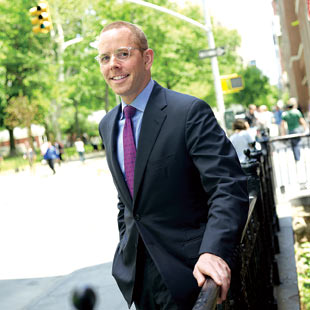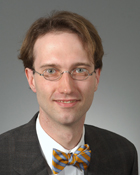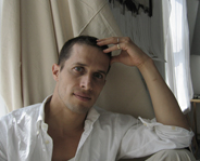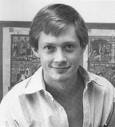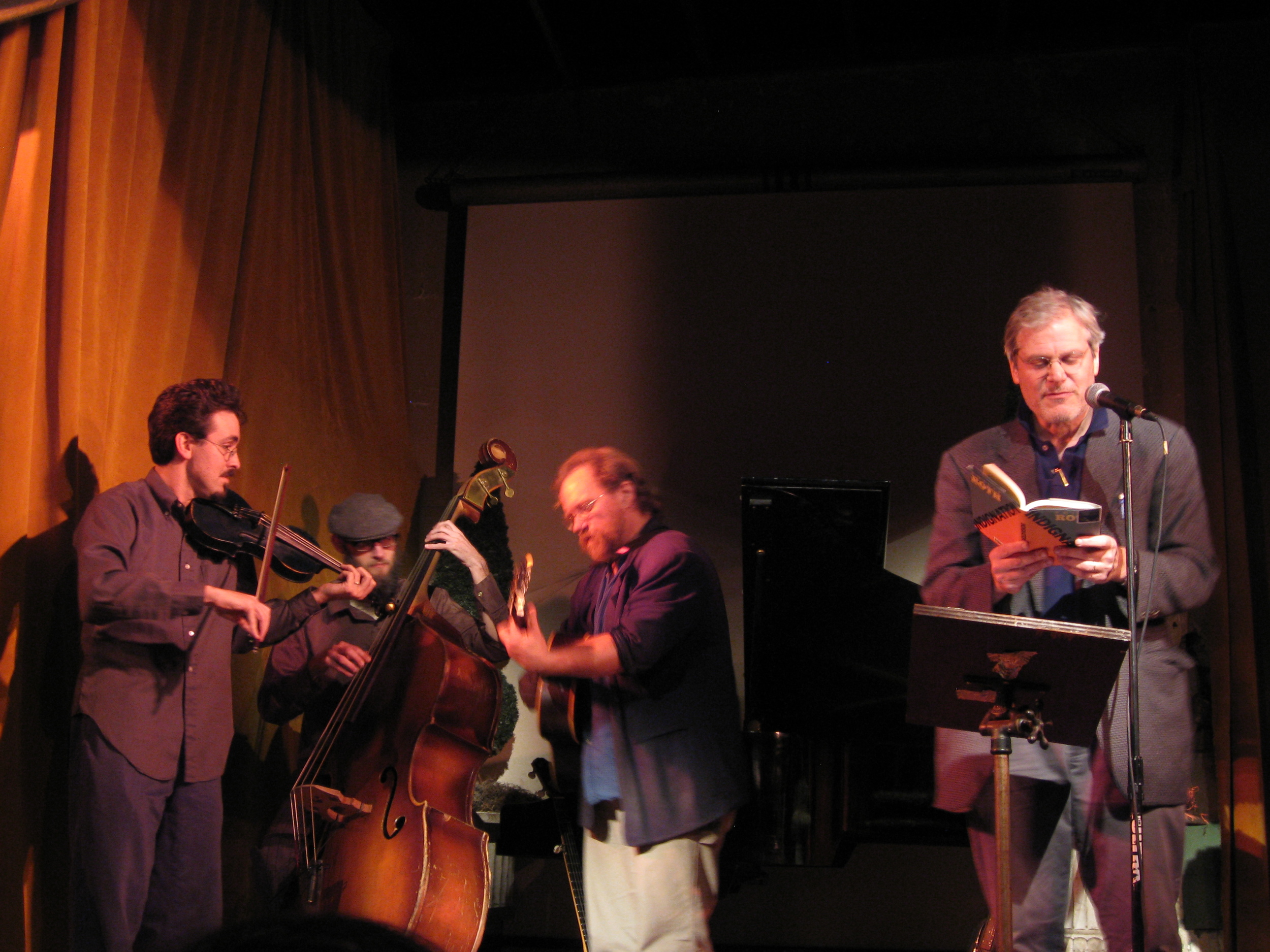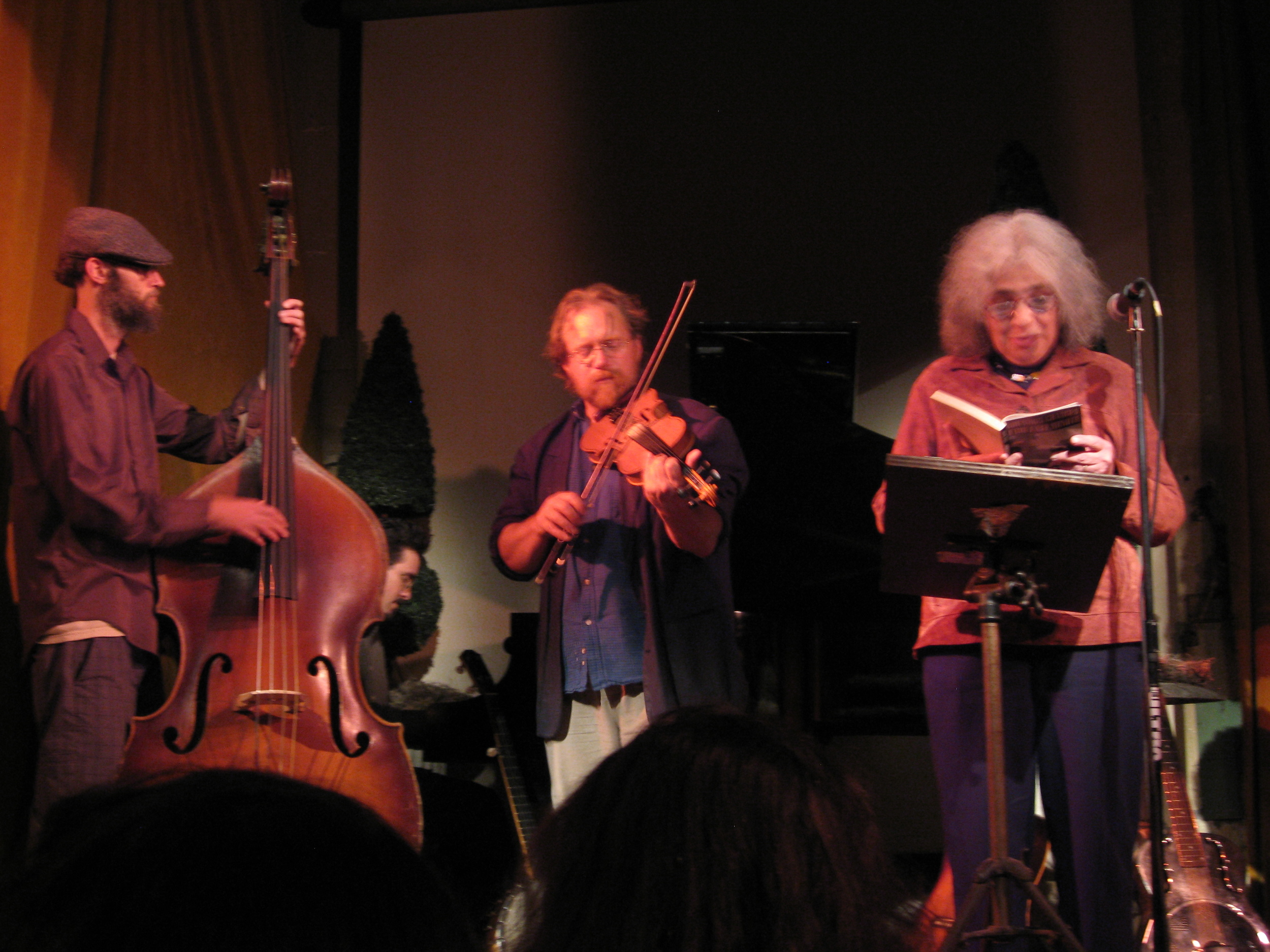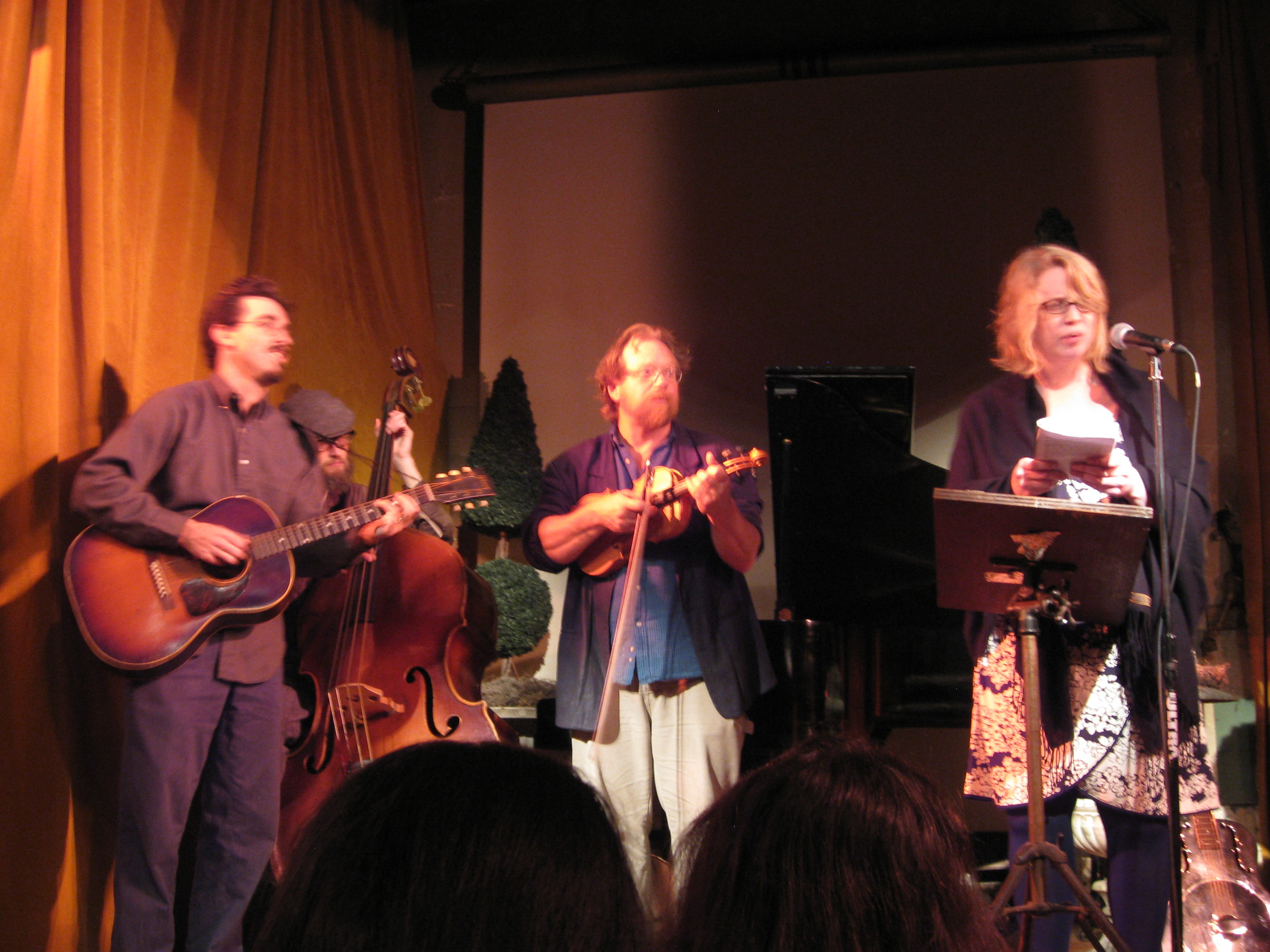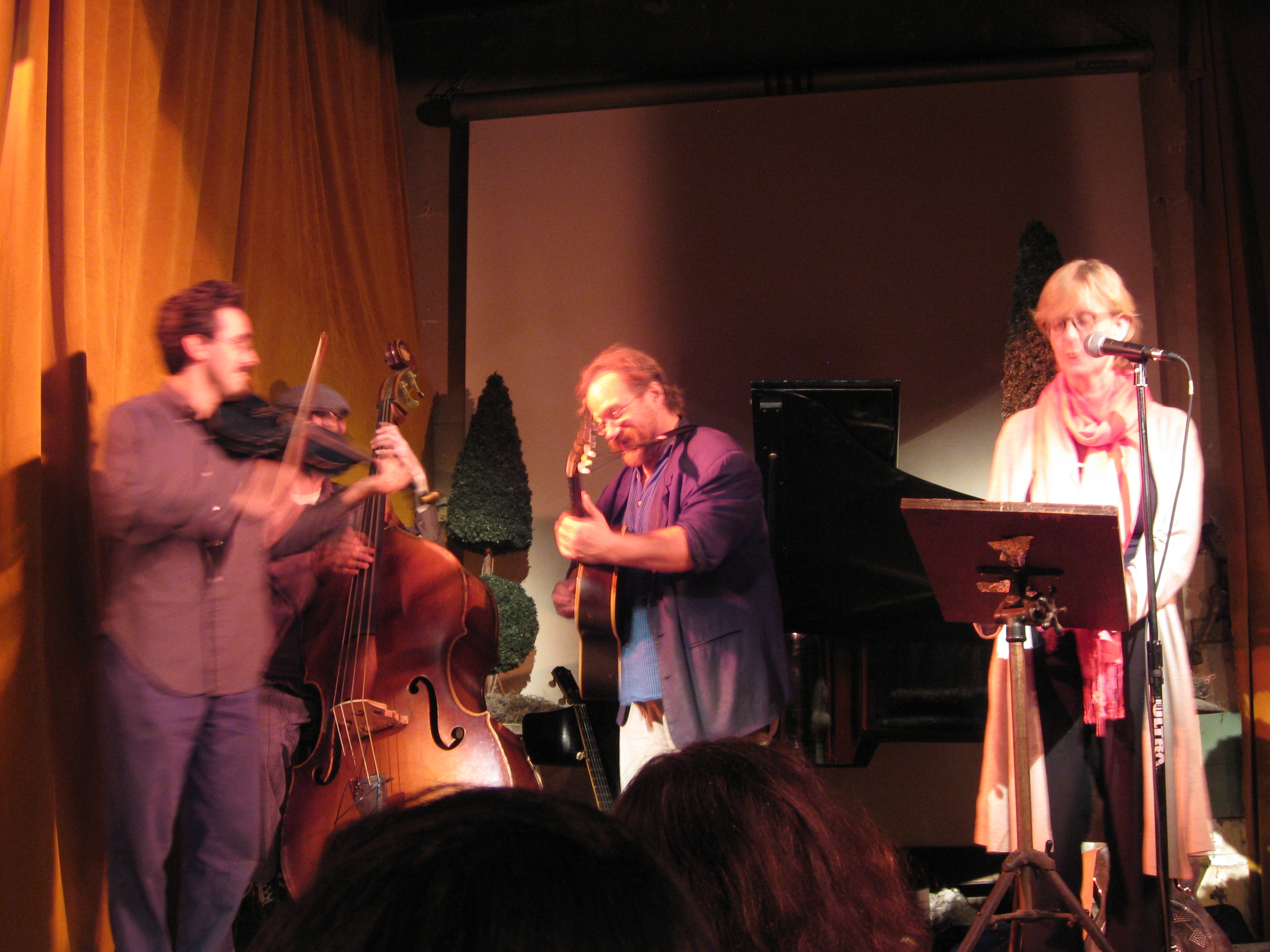OK, so you may remember that a few months back a little magazine called The New Yorker decided to make a list of 20 top fiction writers under the age of 40. Another magazine — something called “Granta” — does similar lists from time to time. But why does nobody ever make such lists for non-fiction writers? Some would say that non-fiction is rather vital right now.
So we made such a list. We asked ourselves, we asked our friends. There is nothing scientific about this list. They are in alphabetical order. Some are in fact over 40 years old, but not by much. There are more than 20 of them. We did not all agree on all of them; some of us have substantial conflicts of interest with some of them. We hope you will meet some people you had not heard of. We hope you will seek out their writing. (Nota bene: much of the research for this list was done by our fabulous intern, and rising literary star, Jeremy Lent.)
There are hyperlinks here, but you have to hunt for them with your little mousie. Make it a fun game.
• Rachel Aviv is a freelance journalist and is currently a Rosalynn Carter Fellow for mental health journalism with the Carter Center. She’s written for the New York Times about off-beat educational topics, such as the death of Braille and naked parties at elite American colleges. In one of her greatest piece, she wrote about Toastmasters for The Believer.
• Eula Biss teaches and writes at Northwestern University, and she is the founding editor of Essay Press, which publishes long-form essays. After college, Biss taught in the New York City public school system before beginning to write essays and books. Her collection of prose poems, The Balloonist, was published in 2002. Notes from No Man’s Land (2009) is a book of essays about race and racial identity in America, and it won the National Book Critics Circle Award.
• Tom Bissell (b. 1974) began writing after a bout of depression cut short his stint with the Peace Corps in Uzbekistan. After his return, Bissell worked as an editor for Henry Holt before going on to write travel journalism and books. The Father of All Things (2007) is Bissell’s account of his father’s military tour in Vietnam and a recent father-son return trip to the country. In 2003, Bissell co-authored Speak, Commentary, a book of fake commentaries on science fiction films. (The supposed commentators include Noam Chomsky, Ann Coulter and Dick Cheney.) Most recently, Bissell wrote about his more sedentary pursuits in Extra Lives: Why Video Games Matter (2010).
• Dan Chiasson has published three collections of poetry and has been the poetry editor for The Paris Review. In 2007, he published One Kind of Everything: Poem and Person in Contemporary America, a collection of essays on the pros and cons of autobiographical material in modern American poetry. He frequently reviews for The New York Review of Books. Chiasson teaches poetry workshops and courses on American poetry at Wellesley College.
• Ta-Nehisi Coates (b. 1975) is a senior editor at Atlantic Monthly, where he writes about politics, race and pop culture. He also writes a popular blog at TheAtlantic.com. Coates dropped out of college after a rough ride through the Baltimore public school system, but he was hired by Time in 2005. In 2009, Coates published a memoir, The Beautiful Struggle: A Father, Two Sons, and an Unlikely Road to Manhood about his father’s complicated role in his childhood.
• Joshua Cohen (b. 1980) is the author of six novels and story collections. Most recently, he published Witz (2010), a novel about an imagined future in which only one Jew remains alive on earth and yet Jewish culture is all the rage. Cohen also wrote A Heaven of Others (2008), a novel about the afterlife of a Jewish boy killed by a Palestinian child. Cohen also writes a regular column for Tablet Magazine about literature in translation. The majority of his personal webpage is written in Latin.
• John D’Agata’s (b.1974) most recent work is About a Mountain (2010), a book-length investigative piece about the U.S. government’s thwarted plan to store nuclear waste at Yucca Mountain, near Las Vegas. D’Agata also published Halls of Fame (2003), a collection of essays. The eponymous essay explores America’s nearly 3,000 halls of fame, including one dedicated to shuffleboard players. In 2009, D’Agata edited the anthology Origins of the Essay, which begins with prose selections from Sumerian and Akkadian writers in 1500 BCE, then approaches the modern era by way of Petrarch, Bacon, Swift and Woolf. D’Agata currently teaches creative writing at the University of Iowa.
• Jason Fagone (31 years old) is a freelance journalist living in Philadelphia. He writes about science, sports and culture for GQ, Esquire, Atlantic Monthly, Slate and other magazines. In February 2010, he published an investigative piece in GQ about a 2008 Philadelphia shooting, possibly perpetrated by former Colts wide receiver Marvin Harrison. As a result of Fagone’s reporting, the Philadelphia D.A. began reinvestigating the case. In 2006, Fagone published his first book, Horsemen of the Esophagus: Competitive Eating and the Big Fat American Dream, which chronicled his journeys to 27 eating contests.
• Keith Gessen (b. 1975) is one of the founding editors of n+1, a twice-yearly journal started in 2004 that publishes articles on politics, literature and culture. Gessen has also written book reviews for magazines like New York and Slate. Gessen was born in the USSR, and although his family moved to the U.S. when he was six, some of his writing has focused on Russia. That includes a 2004 article in Atlantic Monthly about the caretakers of Lenin’s tomb and a 2005 English translation of Voices From Chernobyl, an account of the nuclear disaster by the Belarusian journalist Svetlana Alexievich. In 2008, Gessen published his first novel, All the Sad Young Literary Men, a tale of three recent college graduates, each struggling to make a life as a writer.
• Joshua Glenn (who is 42!) is the cofounder of HiLobrow, where he describes himself as a “freelance writer, editor, and cultural semiotics analyst for international brands.” The blog has various contributors who write everything from fiction to posts about web technology and, of course, cultural semiotics. Glenn was an editor and columnist for the Boston Globe’s “Ideas” section. In 2007, he co-edited the anthology Taking Things Seriously: 75 Objects With Unexpected Significance, a collection of first-person essays about favorite objects. In 2008, he co-wrote The Idler’s Glossary, a listing of the etymology of hundreds of words and phrases used to describe people in various states of not working.
• Chuck Klosterman (b. 1972) worked as a journalist in North Dakota and Ohio before moving to New York City in 2002. Since then, he’s written freelance articles for the New York Times Magazine, The Believer and Esquire, among other publications. Some of his freelance work focuses on sports: Klosterman contributes to ESPN.com’s Page 2, which published his week-long blog during the 2006 Super Bowl. Perhaps best known for his nonfiction books, Klosterman has published six books since 2001. Sex, Drugs, and Cocoa Puffs: A Low Culture Manifesto (2003) is a collection of humorous essays on such topics as MTV’s The Real World, Billy Joel and the computer game The Sims. In 2010, Klosterman released HYPERtheticals: 50 Questions for Insane Conversations, a card game involving unusual conversation-starters. His greatest work remains his first, the memoir Fargo Rock City.
• Brendan Koerner is a contributing editor for Wired, where he writes the monthly “Mr. Know-It-All” column, responding to reader queries about 21st century ethical issues in technology, medicine, video gaming, etc. Koerner also writes feature articles for Wired, covering topics like the continuing enigma of Alcoholics Anonymous, a fungus that’s threatening crops across Africa and the Middle East and the possibility that Facebook and Twitter help their users be more productive. In 2008, Koerner published Now the Hell Will Start, a biography of an African American soldier in WWII sent to help build a supply road between India and China.
• Gideon Lewis-Kraus is an American-born writer who lives in Berlin. We have no idea how old he is, but we think he is young; he writes young, and we mean that in a good way. He has contributed articles to Village Voice, The Nation, and Harper’s, among other publications. In 2008, Lewis-Kraus wrote an article for Harper’s called “The Last Book Party: Publishing drinks to a life after death,” a first-person report from the 2008 Frankfurt Book Fair and a consideration of publishing’s future. The piece spawned a lot of talk. And that was because the piece was very, very good. He wrote this too.
• Dayo Olopade is currently a political reporter for the online news site The Daily Beast. She began her professional writing career at The New Republic, where she covered the 2008 presidential primaries and election. Olopade is also a Bernard Schwartz Fellow at the New American Foundation. Her fellowship duties include reporting on the effect of disruptive technologies on human development, with a focus on Sub-Saharan Africa. In June 2010, Olopade published an article in Foreign Policy about Apple’s troubling non-presence in Nigeria and surrounding countries.
• David Orr is a writer and lawyer living in Ithaca, New York. During law school at Yale, Orr began writing about poetry for various publications. In 2008, he wrote the article “The Politics of Poetry” for The Poetry Foundation, in which he used a comment made at an Ohio rally for Hilary Clinton (“[Obama’s] a poet, not a fighter”) to discuss the misconception that politics and poetry don’t mix. He has the virtue of making people mad. Orr also writes the column “On Poetry” for The New York Times Book Review.
• David Samuels (b.1967) is older than 40, but we included him anyway. He is a contributing editor at Harper’s, where he’s written about such topics as Super Bowl XL, America’s nuclear-testing program and Woodstock 1999 (an attempted revival of the 1969 rock festival). He writes for a lot of other magazines. In 2008, Samuels published The Runner: A True Account of the Amazing Lies and Fantastical Adventures of the Ivy League Imposter James Hogue, about a 28 year-old convicted thief who successfully passed himself off to Princeton admissions as a 16 year-old cowboy and self-taught orphan. At the same time, he published a collection of his work, Only Love Can Break Your Heart.
• Kelefa Sanneh has been a staff writer for The New Yorker since 2008. Prior to that, he was the pop-music critic for The New York Times, beginning in 2002. His article “The Rap Against Rockism,” which appeared in the Times in 2004, discusses a perhaps-ungrounded set of prejudices held by many “old school” rock fans. Sanneh’s New Yorker articles have included profiles of lesser-known pop-culture figures and a report on Chicago’s Trinity United Church of Christ (led by embattled pastor Jeremiah Wright). Sanneh’s work has appeared in the yearly anthology Da Capo Best Music Writing in 2002, 2005 and 2007.
• Samantha Shapiro is a contributing writer for The New York Times Magazine and has also written for Slate, Mother Jones, Wired, and others. Many of Shapiro’s articles deal with religion: for instance, an obituary of “Reverend Ike,” a New York preacher who spearheaded the “power of positive thinking” gospel; a 2006 speech by the outgoing chancellor of the New York Jewish Theological Seminary that ruffled many Jewish feathers; a first-person account of how her atheist-leaning nephew finally got bar-mitzvahed. Here is a recent piece.
• Jake Silverstein (b. 1975) was named editor of Texas Monthly in 2008. After college and graduate work in English, Silverstein moved to Marfa, Texas, and began writing for the Big Bend Sentinel. Then, he embarked on a freelance writing career, roaming Texas and Mexico in search of magazine stories. The details of that search are chronicled in Nothing Happened and Then It Did (2010), Silverstein’s first book. In 2007, Silverstein won the PEN/USA Journalism Award for a Harper’s article about a deathly automobile road race in Mexico.
• Lizzie Skurnick is a critic, poet, essayist, blogger and author. She regularly contributes book reviews to The New York Times and The Washington Post. She has published her poems in The Iowa Review and The New Haven Review (among others), and in 2005, she released a collection called Check-In. Since 2003, Skurnick has maintained the blog Old Hag, to which she posts book reviews and her thoughts about various literary and journalistic matters. And if that weren’t enough, Skurnick has published ten teen novels, including some in the Sweet Valley High series. She writes a weekly column about teen lit for Jezebel.com, and in 2009, she published Shelf Discovery: The Teen Classics We Never Stopped Reading.
• Zadie Smith (b. 1975) is crazy famous, deserves to be, and soon will start writing the New Books column for Harper’s. If you only know her novels, check out her collection of essays.
• Touré (b. 1971) is a music writer, novelist and TV personality. Since 1997, he’s been a contributing editor for Rolling Stone, where he’s published cover stories on such hip-hop artists as Alicia Keys, 50 Cent and Jay-Z. He has released two collections of his magazine writing, as well as Soul City (2004), a magical-realist novel about a mayoral election in an imagined utopia of African-American culture. Touré is also the host of two music programs on Fuse TV.
• Lindy West is the film editor for The Stranger, a weekly arts and culture newspaper in Seattle. She also makes a lot of noise online, both through her blog (posted on both TheStranger.com and Telegraph.co.uk) and on Twitter. On her blog, West’s bio says that she writes about “film, popular culture, lady stuff, animal attacks, and amusing garbage she finds on the ground.” Her film reviews are first-person, humorous and highly opinionated. She wrote this bit of awesomeness about Sex and the City 2. We have no idea how old she is.
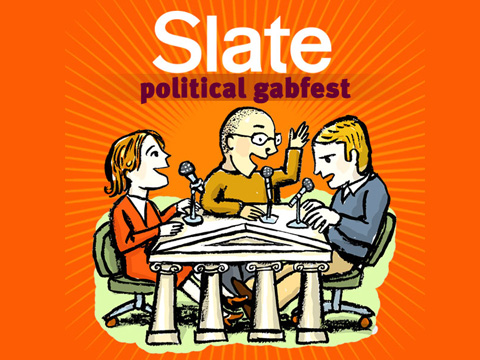 IF YOU GO
What: Slate's "Gabfest"
When: 5:30 p.m. June 27
Where: British Art Center, 1080 Chapel St.
Tickets: Free
Info: artidea.org
IF YOU GO
What: Slate's "Gabfest"
When: 5:30 p.m. June 27
Where: British Art Center, 1080 Chapel St.
Tickets: Free
Info: artidea.org

